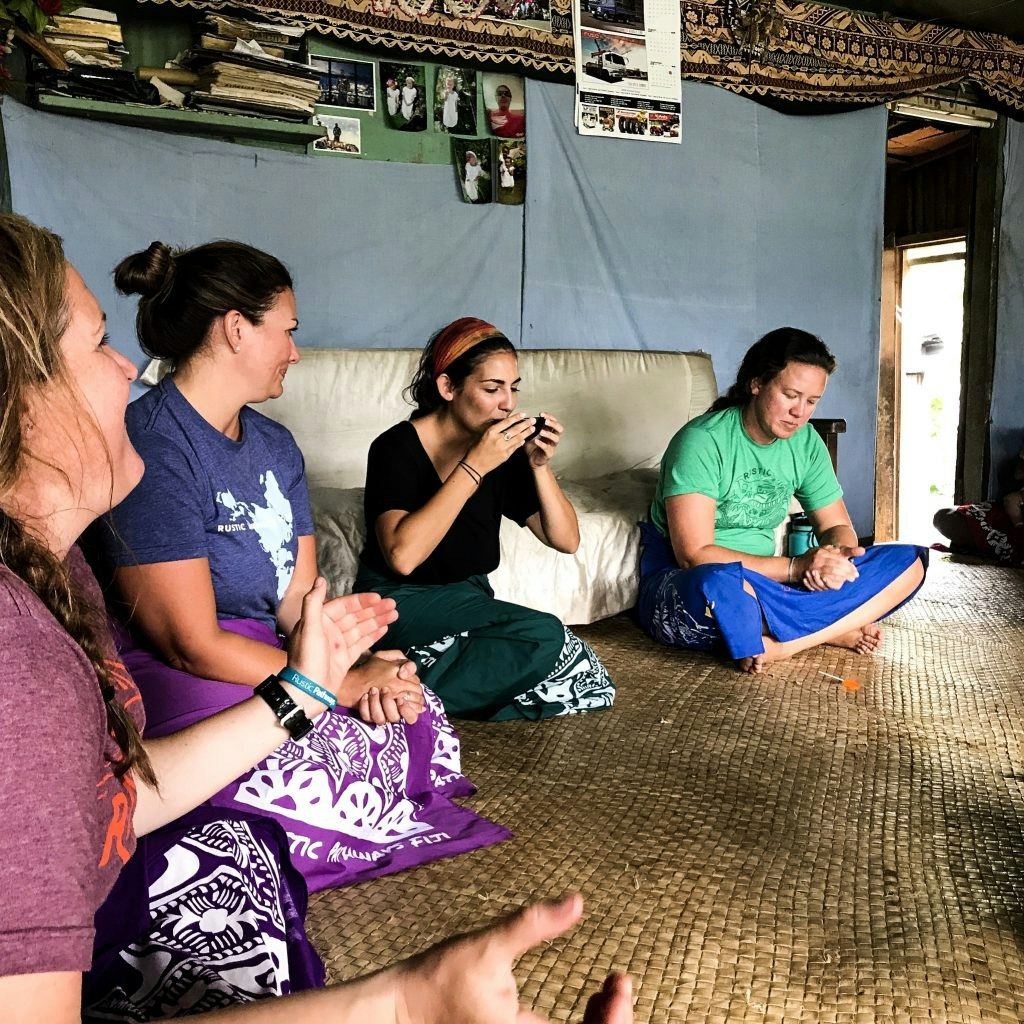What’s the craziest food you have ever eaten? In my life: cow tongue, pig intestines, fermented raw fish, and live octopus.
How about you?
On our travel programs, students have the chance to try snacks you won’t typically find in the United States, like fried creepy crawlies.
Now, to answer the question we all came to read about:
What does tarantula taste like?
Tarantula tastes similar to crab or shrimp, with soft meat and a nutty flavor. When cooked, it becomes crispy on the outside and is often enjoyed fried, grilled or even in tacos.
When we asked students on our teen travel programs about their favorite foods while traveling, tarantulas didn’t make the list. But that doesn’t mean eating an arachnid isn’t a memorable experience. At the very least, it makes for a great travel story. Here are a few unusual foods you might come across while on the road:
“I will never forget trying crickets and actually enjoying them! They almost tasted like salted chips.”
– Alumna Abigail Evangelista
Fried Tarantulas and Crickets in Cambodia
In Cambodia, students in the Floating Village Service Expedition have a chance to try fried crickets and tarantulas while traveling in remote regions of the country. The students get the snack opportunity at a rest stop while enroute to the town of Battambang.
Cambodia Country Manager Pannha En says fried tarantulas are considered a delicacy. They are often rolled in sugar or garlic and eaten by the handful, sort of like potato chips.
Related: Frequently Asked Questions About Traveling to Cambodia

